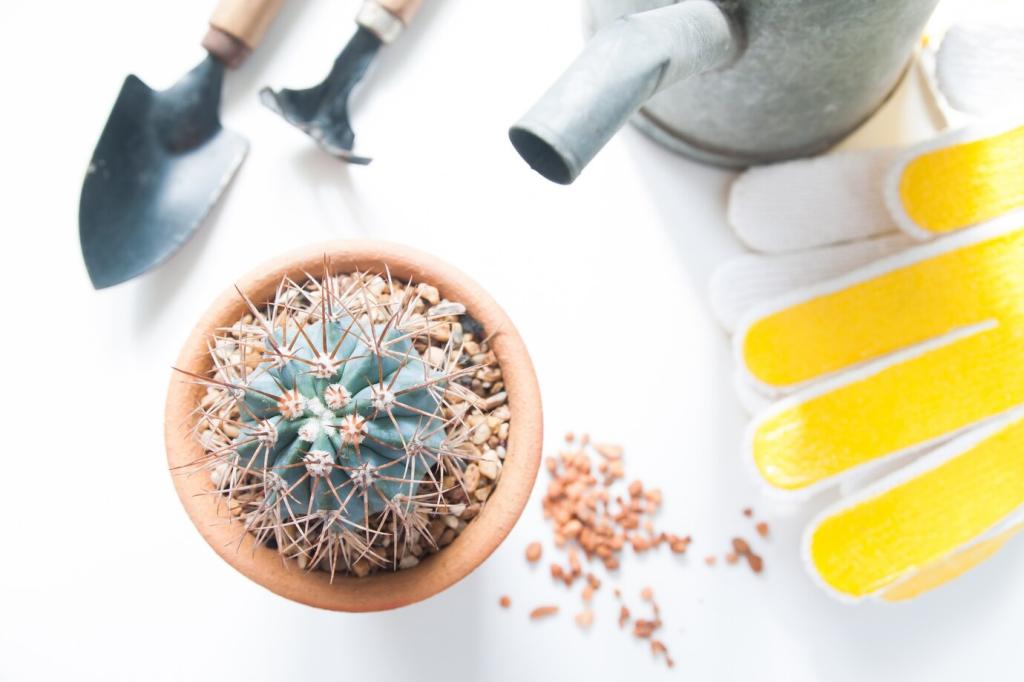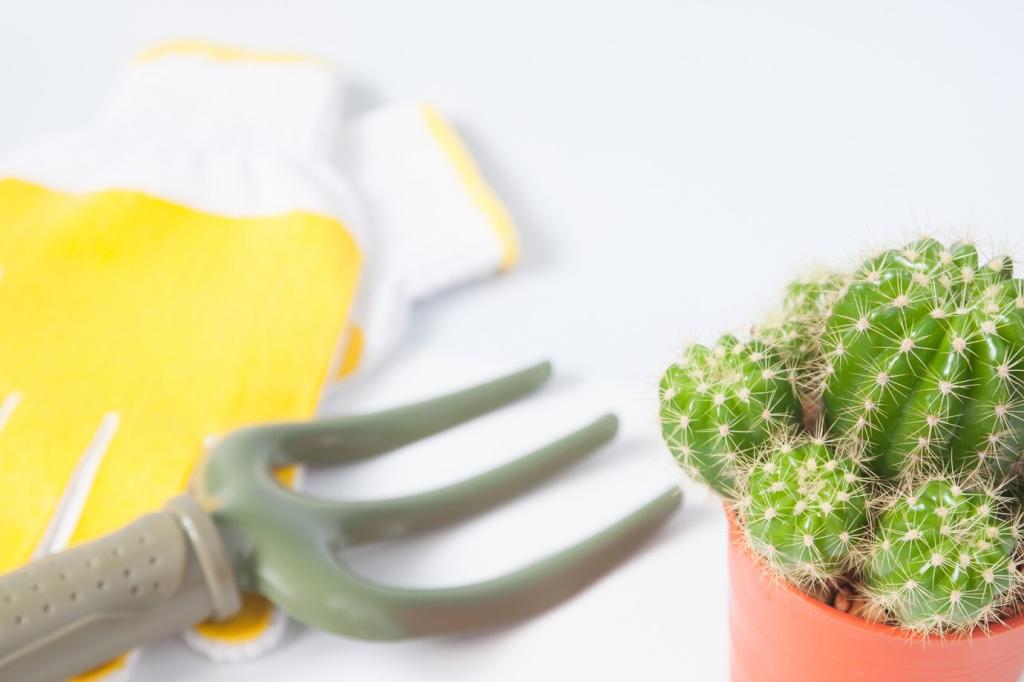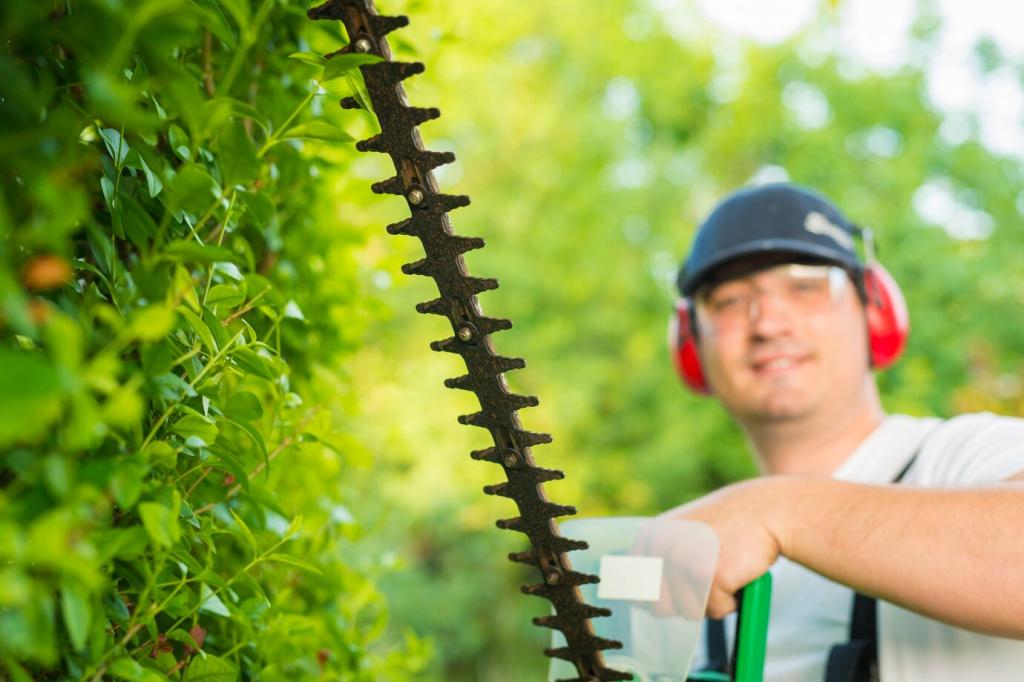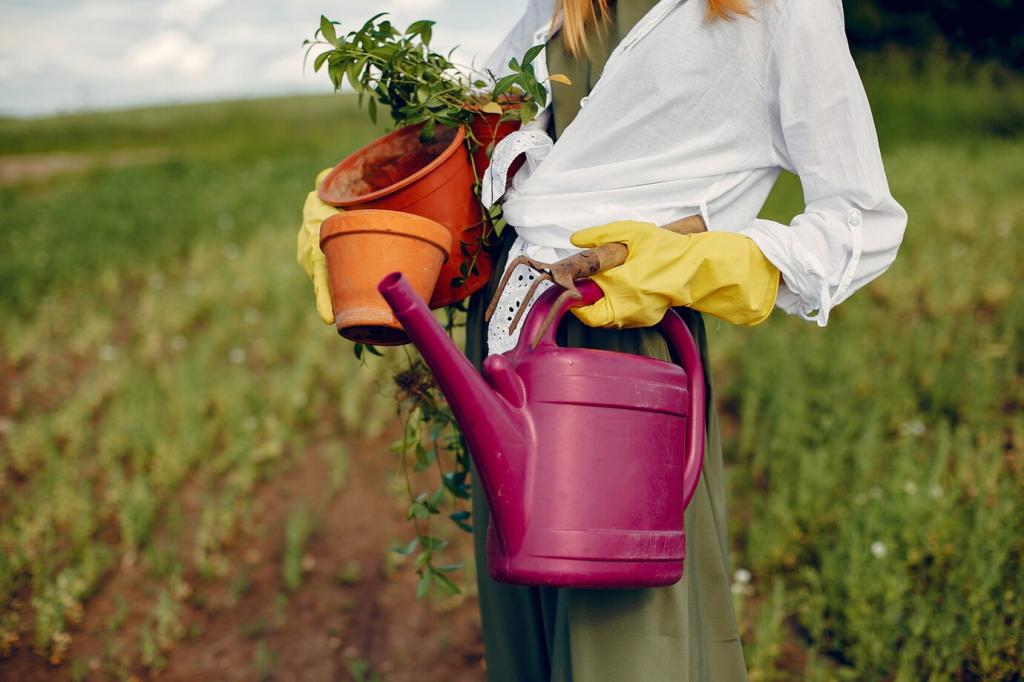Glow by Nature: Homemade Beeswax Furniture Care Products
Why Beeswax Loves Wood
Beeswax forms a micro-thin, breathable barrier that slows moisture exchange without smothering the wood. It resists fingerprints and minor spills, then buffs to a mellow glow. Tell us: where will your first protective layer go—coffee table, heirloom chest, or bedside treasure?

Gathering Ingredients and Tools
Choosing Quality Beeswax
Opt for clean, filtered beeswax pellets or shaved blocks with a natural honey scent and golden hue. Avoid overly fragrant or contaminated wax. Share your favorite local apiary sources and help fellow readers build a trustworthy beeswax supply network.
Selecting Complementary Oils
For furniture polish, consider mineral oil for stability, fractionated coconut for clarity, or pure tung oil for a harder, curing finish. Always patch test. Tell us which oil you prefer and why—stability, food-safety, aroma, or drying performance.
Tools and Safety Essentials
Use a heat-safe jar, a simple double boiler, silicone spatula, and clean tins. Keep a thermometer handy, and never heat wax directly over flame. Start a safety checklist in the comments so newcomers can mix confidently and calmly.
Base Formula and Method
Blend roughly one part beeswax to three or four parts oil. Melt gently using a double boiler, stir until uniform, then pour into tins to cool. Post your exact ratios by season—did summer heat push you toward a firmer, higher-wax mix?
Scenting and Personal Touch
If desired, add a few drops of lemon or lavender essential oil for a clean, subtle aroma. Keep concentrations low to protect finishes. What scent reminds you of your workshop or library? Share your blend and the room it transforms.
Labeling, Storage, and Shelf Life
Label tins with date, ratio, and oil type. Store cool and dark to preserve consistency and aroma. Most batches remain stable for many months. Invite others to compare shelf-life experiences across climates and storage spots like closets or tool chests.




Stories from the Wax Bench
A reader revived a dull, cigarette-scarred oak desk with two light coats and careful buffing. The dents remained—history intact—but the top glowed warmly. Share your heirloom rescue tale and the feelings that surfaced with that first renewed sheen.
Stories from the Wax Bench
Sun-faded maple looked lifeless until a tung-oil and beeswax blend coaxed back amber depth. Loose joints were tightened, then wax sealed the success. Post before-and-after snapshots and inspire someone to take a chance on a dusty, forgotten piece.
Care, Maintenance, and Troubleshooting
Use thin coats, buff thoroughly, and refresh lightly rather than piling on. If haze appears, rebuff or lightly clean before reapplying. Share your go-to de-hazing method, especially if you battle soft-water rings or overzealous polishing days.

